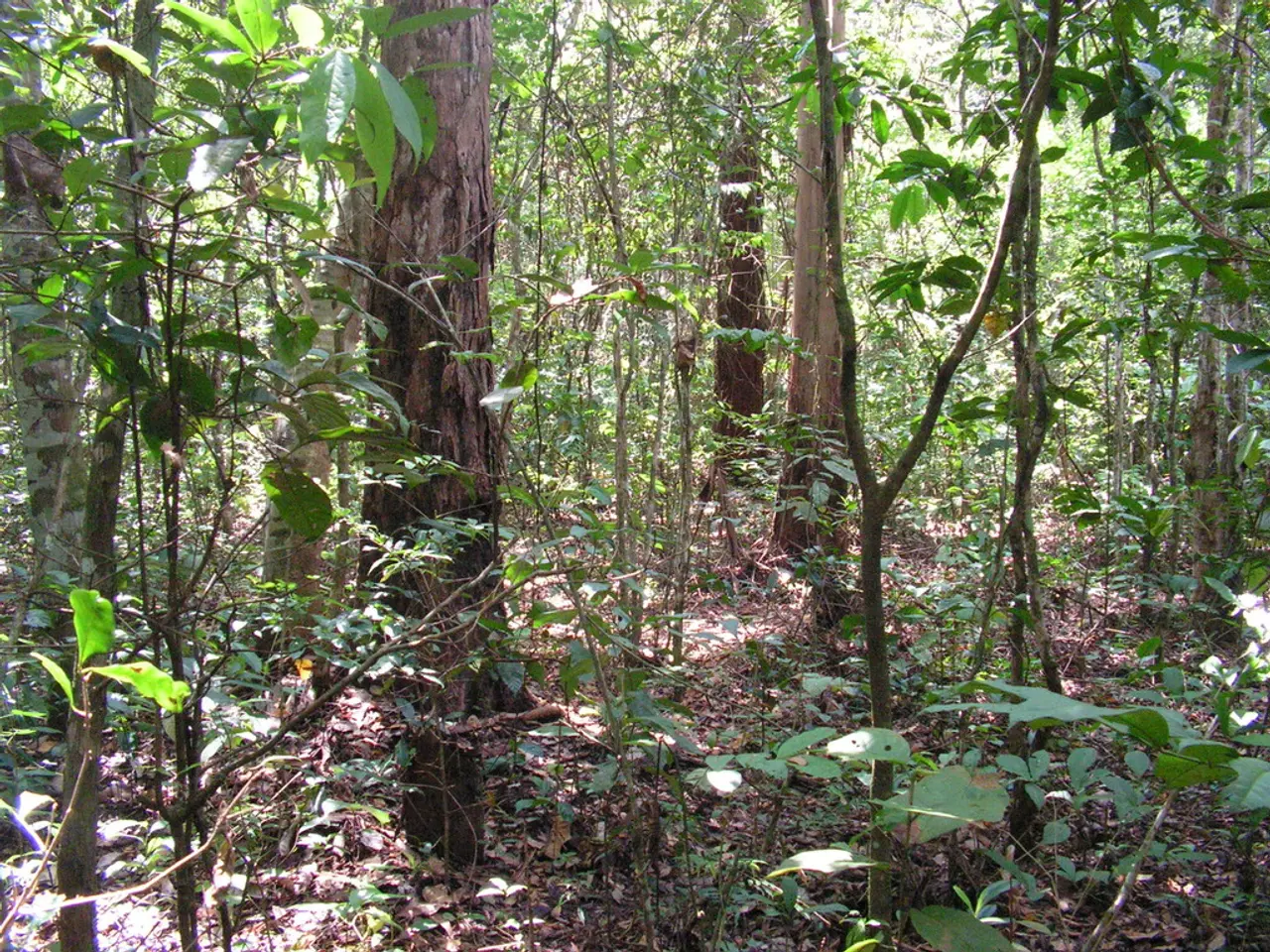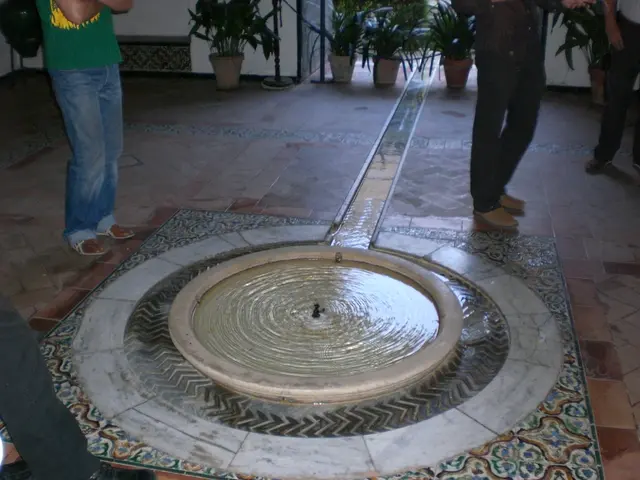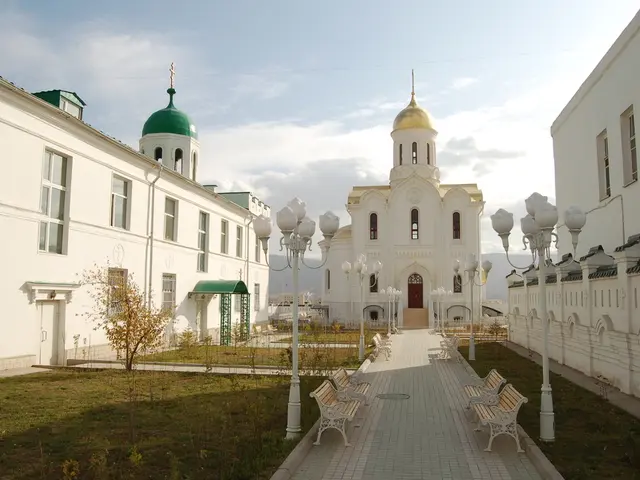Contributing to the Environment: Trees, Flora, and Landscaping Arrangements: An Earth-Friendly Perspective
In the ongoing series discussing the environmental impact of trees, plants, and garden design, this post offers practical advice on building a garden that not only thrives but also contributes positively to the environment and supports local pollinators.
**Choosing Trees and Flowers**
The key to a sustainable garden begins with careful selection. Focus on native plants adapted to your specific eco-region as they offer the best food and habitat for local pollinators such as bees, butterflies, and hummingbirds. A diverse mix of flowers with varying colors, shapes, and flowering times is essential to provide continuous nectar and pollen throughout the growing season.
In addition to nectar plants, include host plants to allow pollinators to complete their life cycles and find shelter. For example, butterfly weed (Asclepias tuberosa) or blazing star (Liatris spicata) are excellent native pollinator-friendly choices. Avoid invasive plants like butterfly bush, which can harm local ecosystems.
Trees such as nitrogen-fixing species like alder or black locust help increase soil nitrogen content naturally, benefiting other plants in your garden. Pollen-rich, yellow flowers like daisies attract bees, fragrant clustered flowers appeal to butterflies, and tubular flowers in reds and pinks draw hummingbirds. Azaleas, for example, are a great choice for adding color, especially in shaded areas.
**Planting and Garden Management**
Plant flowers in clusters or "pollinator targets" to make it easier for pollinators to find and collect nectar and pollen efficiently. Provide food, shelter, water, and safe areas for pollinators to raise their young, including leaving patches of untilled soil, woody debris, and avoiding pesticide use.
Add a water source like a birdbath or small pond with regularly refreshed water to support pollinator hydration. To boost soil nitrogen, incorporate cover crops or nitrogen-fixing plants in your garden beds during off-seasons; their roots convert atmospheric nitrogen into forms usable by plants, improving soil fertility naturally.
Avoid disturbing natural habitats or soil unnecessarily to protect beneficial insects and microorganisms that contribute to soil health and nitrogen cycling.
**Conclusion**
By combining these strategies—planting native, pollinator-friendly flowers and nitrogen-fixing trees, providing diverse habitats, and managing soil with natural amendments—you can build a garden that sustains pollinators while enriching the soil for long-term productivity and ecological balance.
A sustainable garden not only supports local pollinators but also ensures that crops flourish (30% of food depends on insect pollination), and ensures that wild plants flourish (75% of wild flowering plants depend on insect pollination). By making simple choices in garden design, we can positively impact the environment and contribute to a healthier ecosystem.
Another option to plant trees is to do so via Plant:Grove, a way to purchase carbon offsets or plant trees on an automatic basis. Nitrogen fixing plants, such as clover or peas, release nitrogen into the soil as they decompose, thereby increasing the nitrogen content in the soil naturally. Additionally, no-dig gardening allows carbon to remain sequestered in the soil, and companion planting can control some pests without using pesticides by planting specific plants together.
Pollinators are a key source of food for birds and fish, and their health is vital for the health of ecosystems. However, they are losing the fight against habitat loss and climate change. By creating a sustainable garden, we can help turn the tide.
- Choosing native, pollinator-friendly trees and flowers, like alder, black locust, butterfly weed, blazing star, and azaleas, ensures a thriving garden that positively contributes to the environment and supports local pollinators.
- A sustainable garden strategy includes planting flowers in clusters for efficient pollinator access and providing continuous nectar and pollen throughout the growing season, while also avoiding invasive plants like butterfly bush.
- Natural amendments, such as incorporating cover crops or nitrogen-fixing plants during off-seasons, help improve soil fertility and enrich the soil for long-term productivity and ecological balance.
- By following these strategies, we can create a garden that not only sustains pollinators but also ensures crop productivity, contributes to a healthier ecosystem, and helps combat climate change.
- In addition to these practices, one can contribute to the environment by supporting initiatives like Plant:Grove, which allows planting trees for carbon offsets, and adopting no-dig gardening and companion planting methods to control pests without using pesticides.







